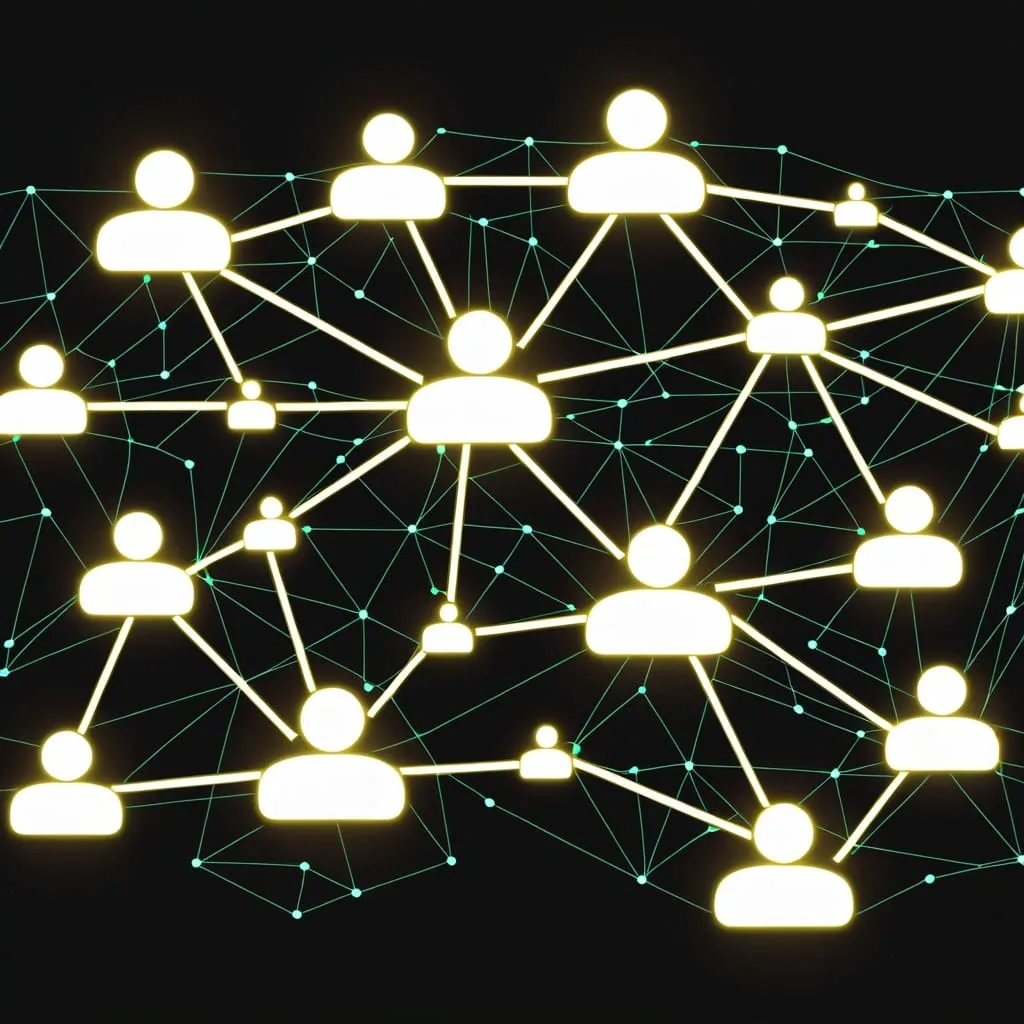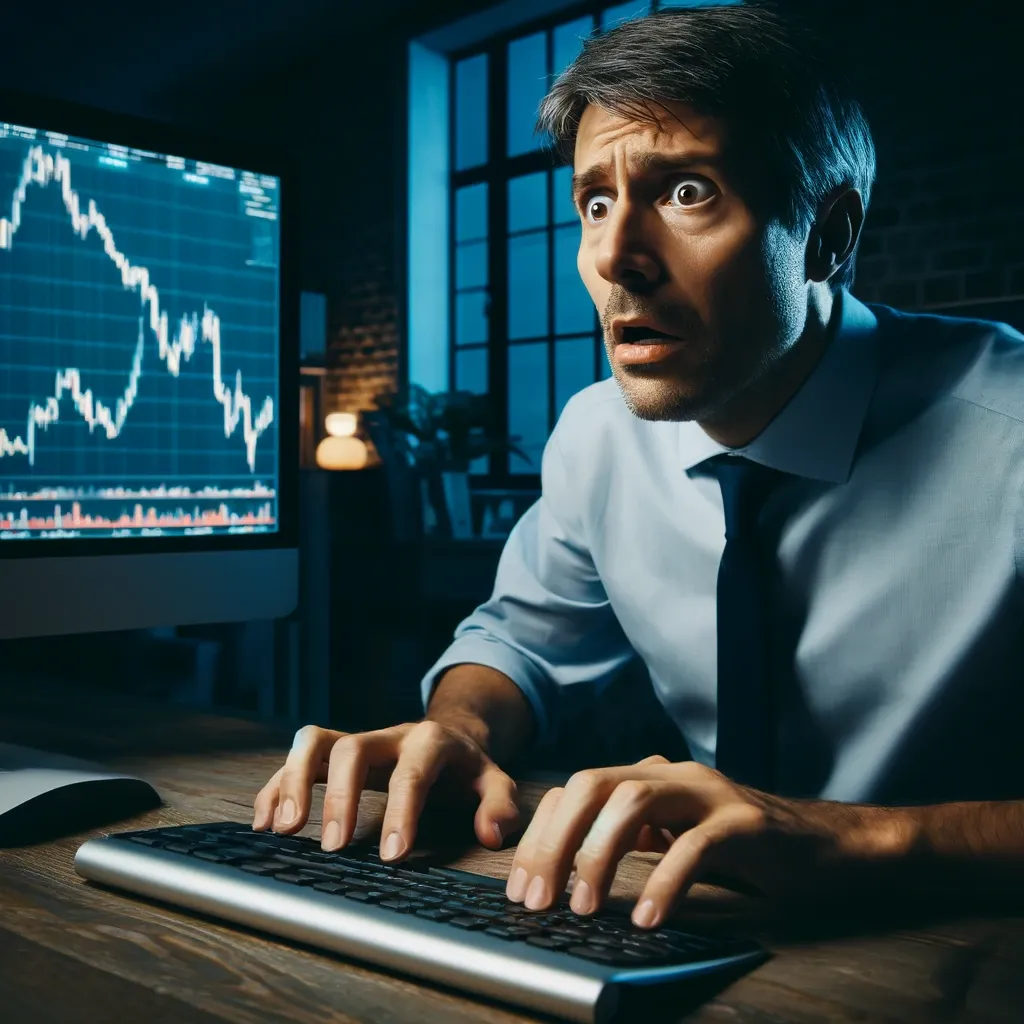Dreaming of Ditching the 9-to-5 at 40? Here's Your Roadmap to Early Retirement
Hey there, fellow money-savvy dreamers! Ever caught yourself daydreaming about sipping piña coladas on a beach while your former colleagues are still stuck in rush hour traffic? Well, buckle up, because we're about to dive into the world of early retirement - specifically, how to kick back and relax by the big 4-0.
Now, I know what you're thinking. "Retire at 40? That's impossible!" But hold your horses, because it's not just possible - it's totally doable with the right game plan. Sure, it takes some serious hustle and a bit of financial wizardry, but hey, that's why you're here, right?
Let's break it down, shall we? First things first, we need to talk numbers. And I'm not gonna sugarcoat it - we're talking big numbers here. But don't panic! We'll walk through this together, step by step.
The Magic Number: How Much Do You Really Need?
Alright, here's where things get real. To retire at 40, you need a pretty hefty nest egg. Ever heard of the 4% rule? It's like the golden rule of early retirement. Basically, it says you should be able to withdraw 4% of your total savings each year to cover your living expenses.
So, let's say you want to live on $50,000 a year in retirement. Whip out your calculator (or just use your phone, no judgment here), and you'll see that means you need about $1.25 million saved up. Yeah, I know, it's a lot. But before you close this tab and go back to scrolling through cat videos, hear me out.
That $1.25 million isn't set in stone. Maybe you're a minimalist who can live on less. Or maybe you're used to the finer things in life and need more. It's all about your lifestyle, baby. If you're used to splashing $200,000 a year, you might need closer to $5 million or even $7 million. Yikes, right?
But don't freak out just yet. Remember, we're talking about retiring at 40, not 65. That means you've got time on your side, and time is money's best friend.
Building Your Money Mountain
So, how do we get to that magic number? It's all about saving like a boss and investing smart. Let's say you start at 22 (lucky you!) and save $3,000 a month until you're 40. If you invest that money and get about a 7% return (which is pretty reasonable), boom! You've hit that $1.25 million mark.
Now, I know what you're thinking. "$3,000 a month? Are you crazy?" Look, I never said this was gonna be easy. But think about it - that's less than $100 a day. Cut out your daily latte habit, pack your lunch instead of eating out, and boom - you're already halfway there.
But saving is only half the battle. The other half? Investing smart. We're talking stocks, bonds, all that good stuff. Yeah, it can be a bit risky, but over the long term, it's your best bet for growing your money. And don't forget about those sweet, sweet tax-advantaged accounts like 401(k)s and IRAs. They're like secret weapons in your retirement arsenal.
Living Like a Boss (On a Budget)
Now, here's the kicker - to retire at 40, you gotta live below your means. And I don't mean just cutting out your avocado toast (though that might help). I'm talking about a whole lifestyle shift.
Ever heard of leanFIRE? It's like the minimalist version of early retirement. The idea is to live super frugally so you can retire on less. We're talking potentially as low as $2 million. That might sound like a lot, but remember that $5-7 million figure we talked about earlier? Suddenly $2 million doesn't sound so bad, huh?
But living lean doesn't mean living like a hermit. It's about being smart with your money. Maybe instead of that fancy apartment downtown, you opt for a cozy place in the suburbs. Trade in your luxury car for a reliable used model. And hey, maybe learn to cook instead of ordering takeout every night. Trust me, your wallet (and your waistline) will thank you.
The Health Care Hurdle
Alright, time for a reality check. One of the biggest roadblocks to early retirement? Health care costs. When you're 40, you're still 25 years away from Medicare. That means you're on your own for health insurance, and let me tell you, it ain't cheap.
But don't let that scare you off. There are options out there. Maybe you start a side hustle that offers health insurance. Or you could look into health share ministries. The point is, you need to factor these costs into your retirement budget. It's not fun, but it's necessary.
Finding Your Financial Fairy Godmother (or Godfather)
Look, planning for early retirement is complicated stuff. There's no shame in asking for help. In fact, it's probably one of the smartest things you can do. Consider working with a financial advisor who specializes in early retirement. They can help you create a personalized plan, optimize your investments, and make sure you're on track to meet your goals.
But remember, not all financial advisors are created equal. Look for someone who's a fiduciary (that means they're legally obligated to act in your best interest) and who has experience with early retirement planning. And don't be afraid to shop around. This is your future we're talking about, after all.
Making Money While You Sleep
Want to supercharge your journey to early retirement? Start thinking about passive income. We're talking rental properties, dividend stocks, maybe even creating an online course or writing an e-book. The idea is to create income streams that keep flowing even when you're not actively working.
Robo-advisors can also be a great tool. They use algorithms to manage your investments, which can be a great low-cost option if you're not comfortable managing your own portfolio.
Expecting the Unexpected
Here's the thing about retirement planning - life has a funny way of throwing curveballs. The market might crash. You might have unexpected expenses. Heck, you might decide you want to travel the world instead of settling down.
That's why it's crucial to build some flexibility into your plan. Maybe that means saving a little extra as a buffer. Or maybe it means being open to the idea of a part-time job or side hustle in retirement. The key is to be prepared for anything.
Starting Today, Not Tomorrow
Look, I get it. When you're in your 20s or 30s, retirement seems like a lifetime away. But here's the secret - the earlier you start, the easier it is. Even small, consistent savings can add up over time.
Let's say you start saving 20% of your income at age 25. By the time you hit 40, you could have over three times your annual salary saved up. That's a solid foundation for early retirement.
But remember, life isn't always a straight line. Your income might go up and down. Your expenses might change. The key is to stay consistent and adjust as needed.
Wrapping It Up
Alright, let's bring it home. Retiring at 40 isn't just a pipe dream. It's totally doable with the right plan and a whole lot of discipline. It means saving like crazy, investing smart, and being willing to live below your means. It means planning for the unexpected and being flexible when life throws you curveballs.
But here's the thing - it's not just about the numbers. It's about creating the life you want. Maybe for you, that means traveling the world. Maybe it means starting that business you've always dreamed of. Or maybe it just means having the freedom to spend your days however you damn well please.
So, what are you waiting for? Every decision you make today impacts your future. Whether you're just starting out or you're already well into your career, it's never too late to start planning for early retirement. Take that first step today. Your future self will thank you.
Now, if you'll excuse me, I've got a piña colada with my name on it. Cheers to early retirement!






